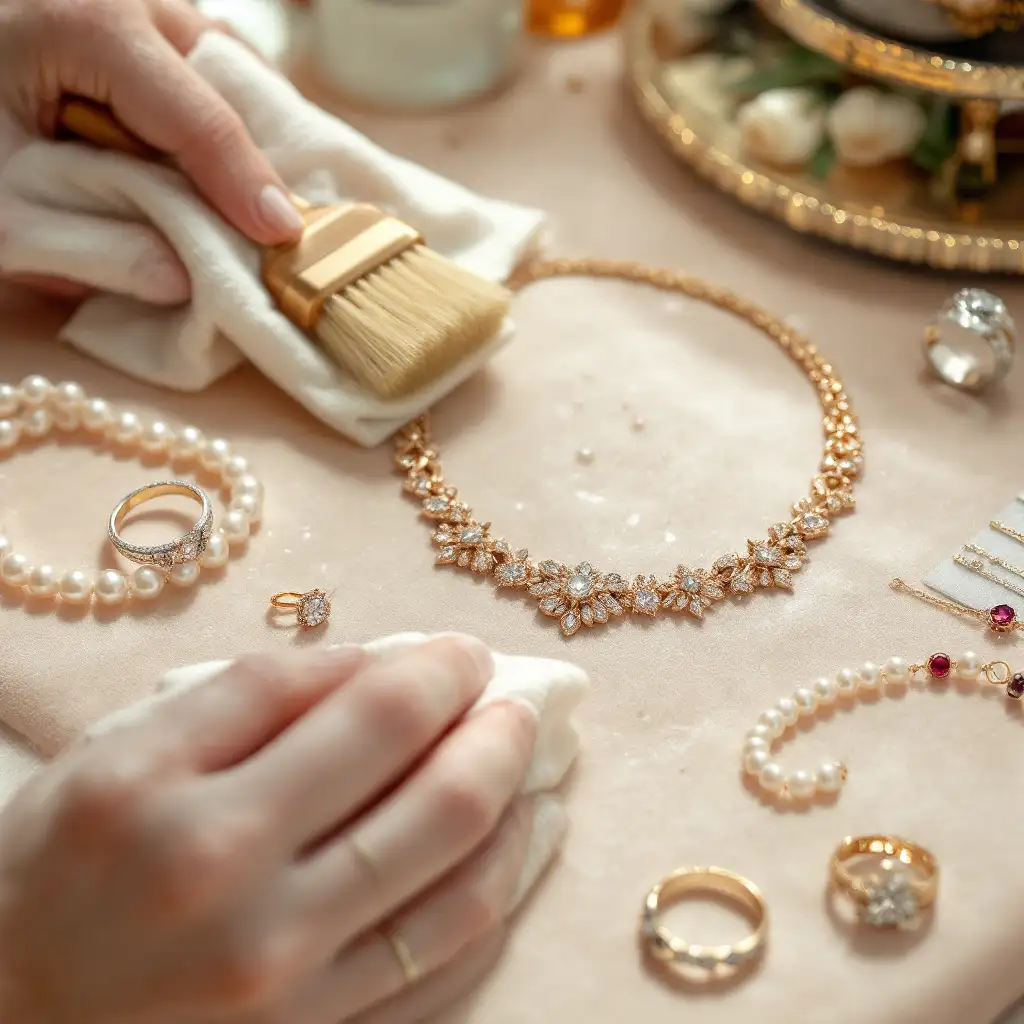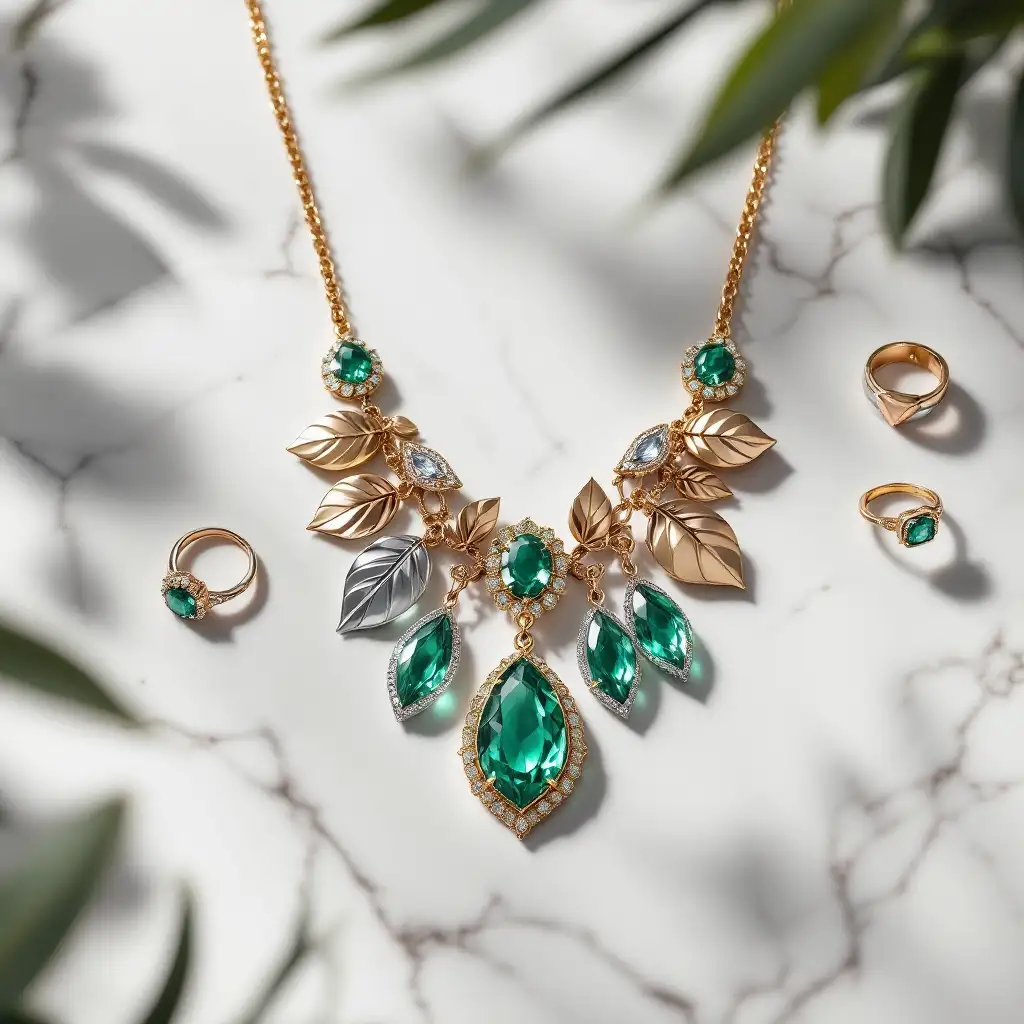Buying Diamonds Guide: Key Tips and Pitfalls
Shopping for the ideal diamond is two parts euphoria one part terror. DROPS OF GOLD Whether you’re getting a diamond engagement ring, purchasing a gift for a loved one or investing in a piece for yourself, the stakes are high — not just financially, but emotionally, too. Buying diamonds guide This buying diamonds guide will take the mystery out, showing you exactly what to look for when buying a diamond and the mistakes to avoid. By the end, you’ll feel confident shopping and making your own smart, beautiful choice.
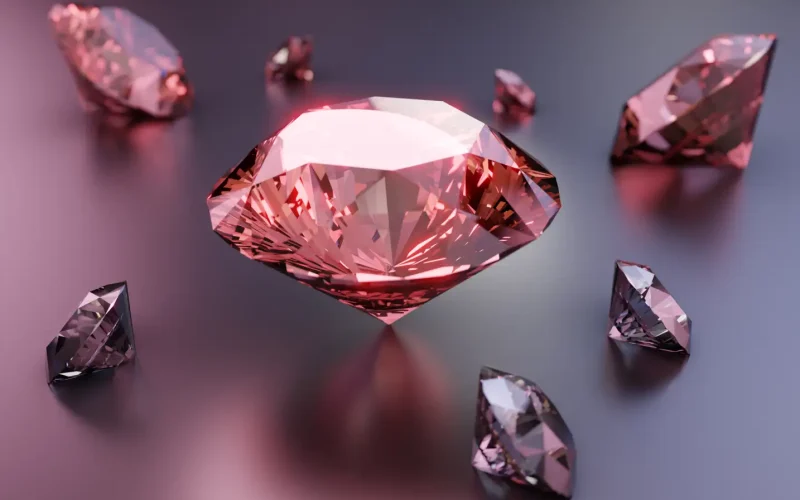
Why a Buying Diamonds Guide Matters
Diamonds are some of the most desired gems, but to many shoppers, the experience of picking one is daunting. With so many unfamiliar technical terms, prices that range from affordable to outrageous, and a vast, complex market, this is understandable.
In this article, we go into detail about what to look for when buying diamonds, how you can recognize the real quality, as well as common mistakes and scams to avoid. You’ll find tips from insiders, advice from the experts and actionable steps you can take to select the stone that is right for you and your budget.
Understanding the 4 Cs of Diamonds
When you start your search, you’ll likely hear about the “4 Cs”: carat, cut, color, and clarity. These factors have a major impact on a diamond’s beauty and value.
Carat
Carat refers to the weight of the diamond, not its size. One carat equals 200 milligrams. While larger diamonds are rarer and can be more impressive, size isn’t everything. A well-cut smaller diamond can outshine a poorly cut larger one.
Insider tip: Sometimes, diamonds just below popular weights (like 0.9 ct instead of 1 ct) look almost identical but cost significantly less.
Cut
Cut is the only C influenced by human craftsmanship. It refers to how well a diamond’s facets interact with light, affecting its brilliance, fire, and scintillation. Excellent or ideal cuts maximize sparkle, while poor cuts appear dull—even if all other factors are perfect.
Key cuts include round, princess, cushion, and emerald, each creating a distinctive style and glitter. Always prioritize cuts when you look for diamonds.
Color
Diamond color is graded from D (colorless) to Z (light yellow or brown). Truly colorless diamonds are rare and therefore more expensive. However, color differences are very subtle to the naked eye. Most people find diamonds in the G-J range appear just as white, especially once set in jewelry.
Tip: Fancy colored diamonds (pinks, blues, etc.) are rare and command premium prices, but traditional white diamonds dominate the market.
Clarity
Clarity measures how free the diamond is from internal (inclusions) and external (blemishes) flaws. Grades range from Flawless (F) to Included (I1-I3).
Most inclusions are microscopic and don’t affect a diamond’s beauty. VS1 (Very Slightly Included) and SI1 (Slightly Included) often offer great value, blending eye-clean appearance with lower pricing.
Certified Diamonds and Why They Matter

Always buy diamonds with a grading report from an independent gemological lab, such as GIA (Gemological Institute of America) or AGS (American Gem Society). Certification verifies the diamond’s 4 Cs and ensures you get what you pay for.
Warning: Avoid sellers who offer “in-house appraisals” or can’t provide third-party certification.
What Else to Look for When Buying Diamonds
Beyond the 4 Cs, other factors can influence your purchase.
Shape
Diamonds come in a variety of shapes, from classic round brilliants to princess, oval, marquise, and cushion. Shape is a personal choice, but some (like round) tend to maximize sparkle, while others (like emerald or oval) can make fingers look longer and leaner.
Fluorescence
Some diamonds emit visible light (usually blue) under UV. While faint fluorescence is usually undetectable, strong fluorescence can sometimes make a diamond look milky. Most buyers report little to no effect on beauty or value, but it’s important to check in person if possible.
Setting
The right setting enhances your diamond’s look and keeps it secure. Prong settings highlight a diamond’s brilliance, while bezel settings offer more protection.
Pro tip: White gold and platinum settings often make slightly tinted diamonds appear whiter.
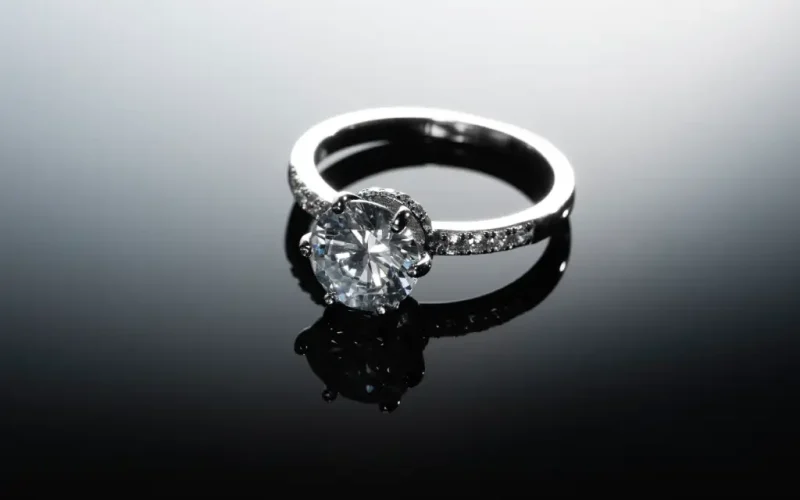
Budget
Before buying, set a realistic budget. Decide what aspects (size, color, cut) matter most, and focus resources there. Sometimes, sacrificing clarity or color can get you a bigger, better-cut stone for the same price.
Ethical Sourcing
More buyers are now seeking ethically sourced stones with verified origins. Look for sellers who provide certification like the Kimberley Process or offer lab-created diamonds, which are sustainable and often less expensive than natural stones.
If you’re curious about an alternative to natural diamonds, check out our post on Discover the Key Differences: Lab-Grown Diamonds vs. Natural Diamonds.
Mistakes to Avoid When Buying Diamonds
- Skipping certification: Never buy uncertified stones; there’s too much risk.
- Focusing only on carat size: Big diamonds shimmer only with great cuts.
- Overpaying for perfection: High grades in color or clarity may be indistinguishable to the eye but will add up fast on your bill.
- Not shopping around: Prices, policies, and inventory vary wildly between retailers.
- Ignoring return or upgrade policies: Ensure the jeweler offers returns, upgrades, and reliable after-sales service.
Not inspecting in multiple lights: A diamond can appear very different in store lighting vs. daylight or at home.
Expert Buying Diamonds Guide: Step-by-Step
- Educate Yourself
Review the basics of the 4 Cs and browse trusted jeweler sites.
- Set Your Budget
Know what you’re comfortable spending and what matters most to you.
- Choose a Shape
Pick the diamond shape that suits your taste and lifestyle.
- Shop Certified Only
Insist on accredited grading reports (GIA, AGS).
- Compare Multiple Stones
Don’t settle for the first diamond you see. Visit several retailers, ask questions, and request to view stones under various lighting.
- Review the Return Policy.
Make sure you have time to inspect your diamond at home.
- Consider the Setting
Pair your diamond with a setting that matches your style and secures your stone.
- Ask About Upgrades and Resale
Some jewelers offer trade-up programs or buy-back guarantees.
- Check for Ethical Sourcing.
Request documentation to confirm your diamond’s origin.
- Trust Your Instincts
When you’ve found a stone that makes your heart skip a beat, don’t overthink it.
What to Look for Diamonds Online
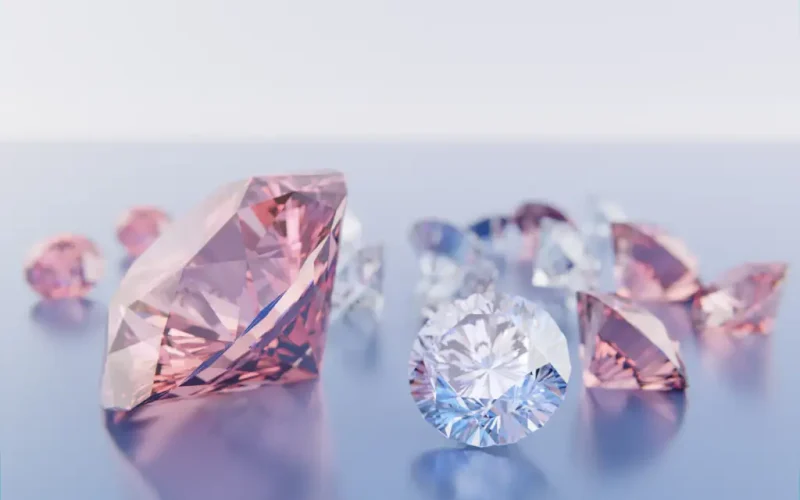
With online buying now common, be even more diligent. Look for:
- Detailed, magnified images and videos of the actual diamond.
- Full certification documentation and serial numbers that match the physical stone.
- Transparent return and exchange policies.
- Reputable reviews and customer testimonials.
Leading online retailers often offer better prices and larger selections, but only buy from those with stellar reputations and responsive customer service.
Taking the Next Step in Your Diamond Journey
Choosing a diamond is both an art and a science. Armed with knowledge and a clear plan, you can bypass the overwhelm and focus on finding a stone that’s as unique as your story.
Always keep certification, cuts, and trusted retailers at the top of your checklist. Shop around, ask questions, and remember that the most brilliant purchase is always an informed one.
If you found this buying diamonds guide helpful and want personalized advice or recommended retailers, consider reaching out to a certified gemologist for tailored support on your diamond-buying adventure.
Stay updated with the latest designs and styles by following Regal Studio Jewelry: Follow on Instagram now!



